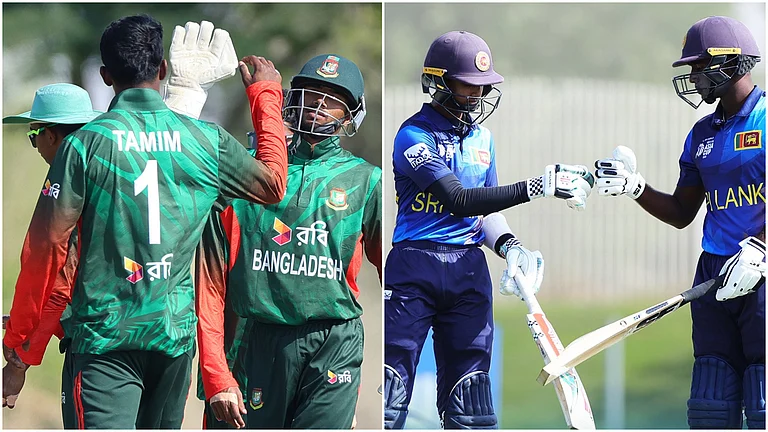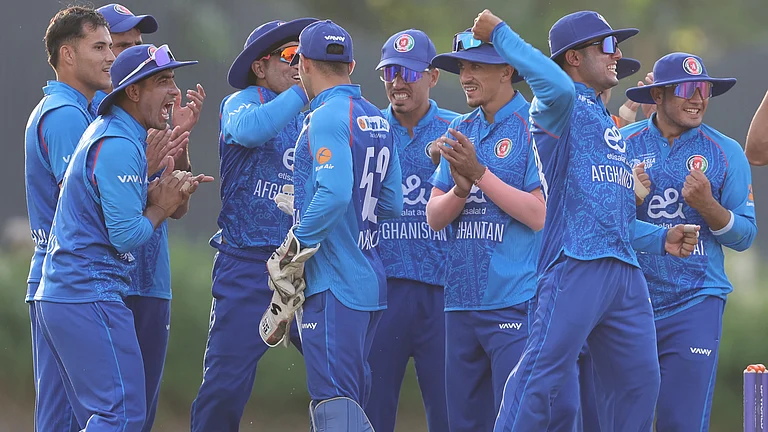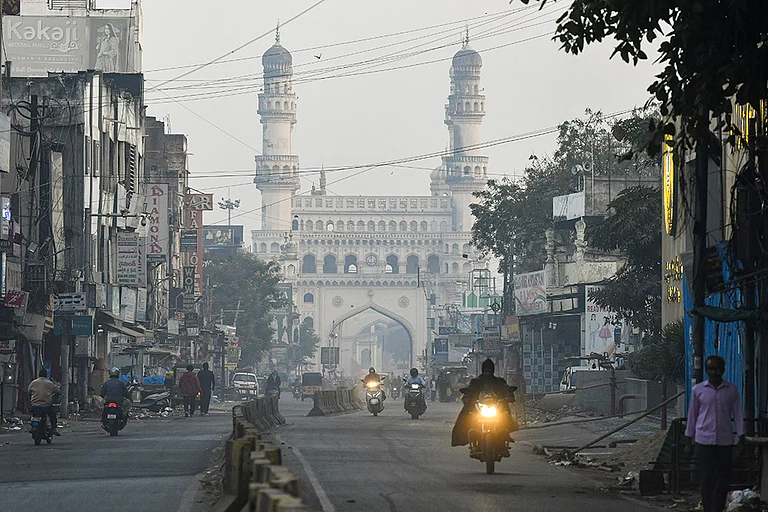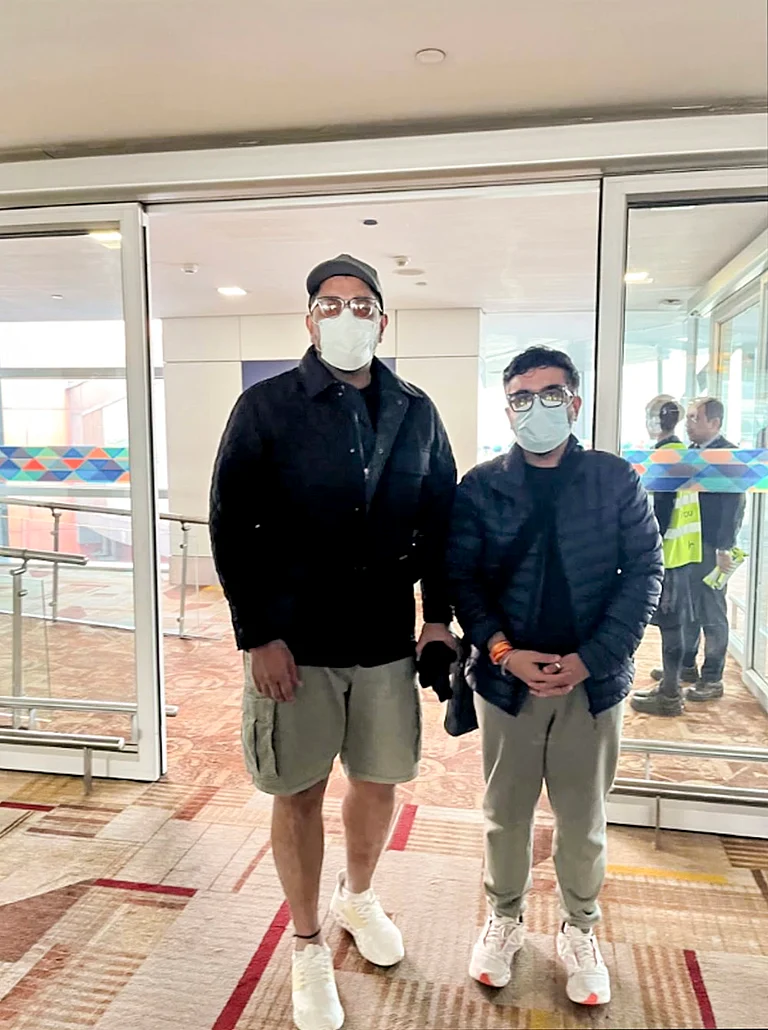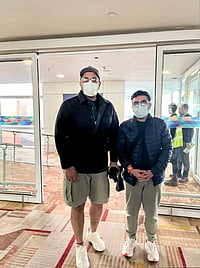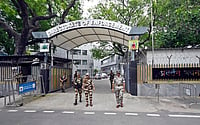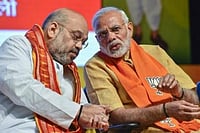
***
- The battle for Kilinochchi begins toward August-end
- It's preceded by govt advances over 12 months into the Tiger heartland of N Sri Lanka, known as the Vanni
- Sri Lanka's Task Force One (TF1) moves on the western shoreline, taking over Tiger-held areas. The 57 Division operates east of TF1, between the coast and the A9 highway that cuts through the Vanni area
- By late August, the Lankan army reaches Akarayankulam village, south-west of Kilinochchi
- The battle begins. The LTTE attacks the Trincomalee Naval base & Vanni defence headquarters at Vavuniya
- On December 30, the 57 Division and TF1 link up and launch the final assault on the town
- On Jan 2, 2009, troops enter Kilinochchi
***

It was a deserted town, populated by stray dogs and cattle, that the Lankan army entered. The only civilians were a group of 24 from four families who had hidden in jungles close to Kilinochchi and crept back after the Army took control. Most buildings had their roofs blown off. "We have captured their capital, their prestige," said Maj Gen Jagath Dias, who heads the 57th Division of the Lankan army.
Even as Maj Gen Dias spoke to journalists, heavy mortar and artillery fire reverberated to the east and northeast of Kilinochchi, where both sides were already squaring up for the next round. There are reports that the Tigers are already constructing trenches on the approaches to Mulaithivu, which are set in thick jungles. Fighting was also reported in Muhamalai, the narrow isthmus north of Kilinochchi. About the battle in Muhamalai, a senior military officer said, "They (the Tigers) will have to give it up. Against a multipronged attack, they will have to decide between holding Muhamalai and Mulaithivu." The fall of Muhamalai could see as many as eight divisions from the army opening the offensive upon Mulaithivu, the LTTE's last stronghold. Located in a thickly forested area, it is where the Tigers have amassed all their resources and cadres.
The government's advantage over the LTTE largely stems from Indian logistical support. Not only did India instal radars, it also provided experts to man them and train Sri Lankan personnel in their use. Intelligence furnished by New Delhi gave Colombo a vital edge in the military operation and enabled it to curtail the LTTE's arms shipments.
Nor did New Delhi restrain Colombo from undertaking the heavy aerial bombing of the LTTE territory, where nearly 2,50,000 Internally Displaced Persons (IDP) were trapped. Their plight prompted Tamil Nadu politicians to mount pressure on New Delhi to intervene and enforce a ceasefire. Apart from occasional statements calling for restraint, New Delhi chose to allow Colombo a free hand, thereby rendering the task of the army relatively easy. It didn't have to bother unduly about human rights violations. Experts also say the army's successes couldn't have been possible without the aerial support its troops received.
New Delhi's stance was in sharp contrast to its response in 1987, when the government of President J.R. Jayawardene wanted to capture Jaffna. Then, India had despatched a ship with food supplies for civilians; when it was turned back, India took to air-dropping token supplies in a show of strength. These developments culminated in the signing of an India-Lanka agreement, which brought about the provincial council system and the Indian Peace Keeping Force to Sri Lanka. The misadventure ended with the Tigers going to war with the IPKF and assassinating Rajiv Gandhi in 1991.
So, is the LTTE down and out? In the past too, the Tigers have been in positions similiar to what they are in today. For instance, the IPKF had confined them to Mulaithivu, as did former president Chandrika Kumaratunga, who evicted the Tigers from their then de facto capital of Jaffna in 1996. The Tigers had the resilience and the resources to pounce back from such hopeless situations to capture large chunks of territory, destroying in the process many military camps, including the heavily fortified Elephant Pass.
At least the Tamil people, and even the Tamil National Alliance Parliamentarians (TNAP), believe that the LTTE is far from finished. TNAP's Jaffna district MP, Gajen Ponnambalam, told Outlook, "I don't believe one party gaining territory or another party losing territory is an indication of either party's strength or weakness. The Tamil people have been struggling against the Sri Lankan state for their right to live as equals for decades. As long as the government continues to think that it can subjugate the political will of the Tamil people through military means, this problem will never be solved, nor will there be peace." Ponnambalam cautions against the growing belief in some quarters that the LTTE has been routed. "That's a big mistake which could have severe consequences," he said.
LTTE political head B. Nadesan, in an interview with TamilNet, dismissed the occupation of Kilinochchi as an insignificant setback in a liberation struggle. Claiming that the Tamil people's support has always been the LTTE's strength, he told the news channel, "We have taken forward our struggle for more than 30 years, solely relying on the support of our people."
Experts think the Tigers may now carry out suicide attacks on soft targets in the south. One such attack took place in Colombo on January 2, even as troops were securing Kilinochchi. The target was a senior officer in the air force, and the attack left at least three dead and 22 injured. The LTTE is also expected to deal crippling blows to the Lankan economy. Boasting some 4,000 fighters, the LTTE, indeed, has enough fight left in it for a potent counter-attack.







